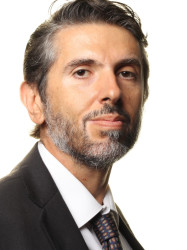BibTex format
@article{Constantine:2022:10.1164/rccm.202110-2428OC,
author = {Constantine, A and Dimopoulos, K and Haworth, SG and Muthurangu, V and Moledina, S},
doi = {10.1164/rccm.202110-2428OC},
journal = {American Journal of Respiratory and Critical Care Medicine},
pages = {758--766},
title = {Twenty-year experience and outcomes in a National Pediatric Pulmonary Hypertension Service},
url = {http://dx.doi.org/10.1164/rccm.202110-2428OC},
volume = {206},
year = {2022}
}

